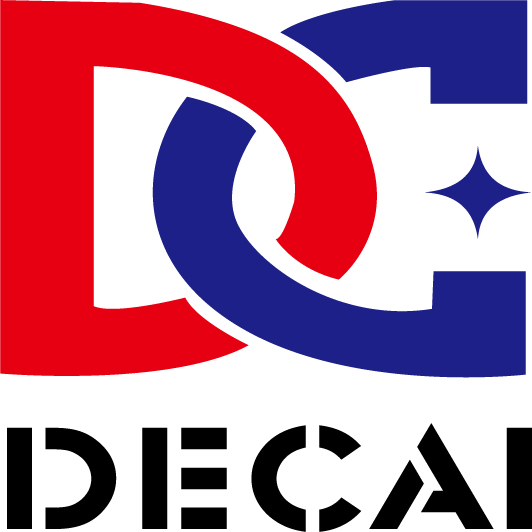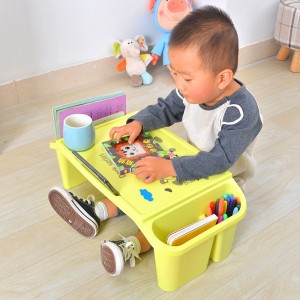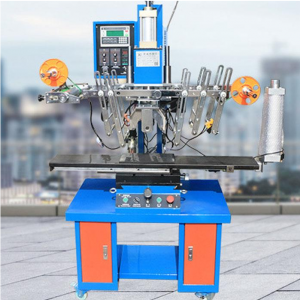Aluminum printing film is widely used in the packaging industry due to its unique properties and high quality printing capabilities. It is a popular choice for luxury packaging designs, as it provides a sleek and modern look with a metallic finish that catches the eye.
High quality aluminum printing film Aluminized heat transfer decal for plastic
Aluminized heat transfer decals
Silver heat transfer decals
With its silver metalized finish, this film provides an eye-catching and professional look to any printed material. It is perfect for producing labels, stickers, decals, signs, and other marketing materials that require an attention-grabbing appearance. The film's metalized surface not only makes the print look shiny but also adds an extra layer of protection to the printed material.
Feature:
1.Mainly used in the appearance or decoration of plastic products.
2.Up to 10 colors.
3.Thickness is 18-110 micron.
4.It’s more safe for container.
5.It’s firm, water-proof , Anti-UV and with a cleaner and brighter color.
6.Withstand the test of high temperature and pressure.
Advantage:
1.We accept customized and sample is free.
2.The size of product can be sized.
3.Guarantee: 1 year.
4.You can enjoy one-stop service, including design、printing、segmentation、packaging、delivery.
Please let me know:
1.What is your product?
2.Could you provide label design? AI/PS/PDF/CDR
3. Our own Factory can make the new designs and OEM according to customer requirement.
If u are interested in any product or have any questions, kindly send me message freely.


What’s the Heat transfer printing film structure?
Heat transfer film is generally composed of 3 to 5 layers. The three-layer heat transfer film consists of a base layer, a printing layer and an adhesive layer; the four-layer heat transfer film consists of a base layer, a release layer, a printing layer and an adhesive layer; the five-layer heat transfer film consists of a base layer, a release layer, a printing layer and an adhesive layer. It consists of release layer, printing layer, adhesive layer and hot melt adhesive powder layer. heat transfer processing
Four-layer heat transfer film structure.
1.Base layer: the carrier coated with release agent, ink and adhesive. The carrier is required to be temperature-resistant, pressure-resistant and have small tensile deformation.
2.Release layer: It is a layer of release agent coating that remains solid at room temperature and melts at a certain temperature. The bonding force with the base layer becomes smaller and can be quickly separated from the base layer without adhesion. leftovers. The release agent is the key to separating the printing layer from the base layer and transferring it to the surface of the substrate. It is required to have good wear resistance, protect the color ink, reduce the radiation intensity of ultraviolet rays, reduce the invasion of the ink by adverse factors in the air, extend the service life of the ink, and buffer the adhesion of the base film and the printing layer. .
3.Printing layer: This layer is the basis for the aesthetic texture of the transfer product. With the advancement of printing technology and the development of image processing technology, the printing layer has various colors and patterns. In particular, the graphics and text obtained by gravure printing can well reflect the delicate graphics and text, making the packaging and decoration effect more perfect.
4.Adhesive layer: Its basic function is to have a high bonding force with the surface of the substrate to ensure a strong bond between the printing layer and the surface of the substrate. This layer of adhesive must match the printing material. Different adhesives, due to different chemical compositions, have very different adhesion to the substrate. The selection should be made based on different substrates.














